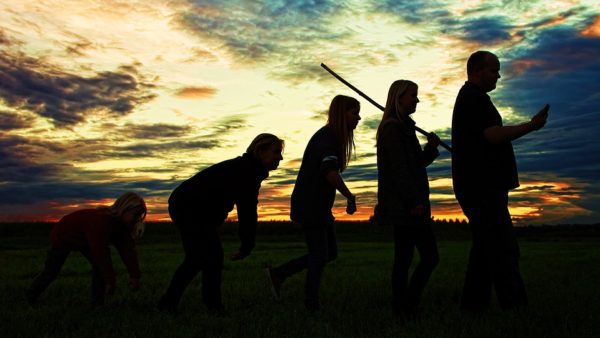
Charles Darwin famously marveled at the “endless forms most beautiful and most wonderful” produced by evolution, and indeed, Earth today teems with an estimated 1 trillion species. But how long did it take those species to evolve?
The answer varies widely across lifeforms, “depending on taxa [type of creature] and environmental conditions,” Thomas Smith, a professor of ecology and evolutionary biology at the University of California, Los Angeles, told Live Science. It ranges from human-observable timescales to tens of millions of years.
Crucially, because evolution happens via inherited changes, a creature’s speed of reproduction, or generation time, limits the rate at which new species can form — known as speciation rate — according to the University of California, Santa Barbara (opens in new tab) (UCSB). For example, because bacteria reproduce so quickly, “split[ing] in two every few minutes or hours,” they can evolve into new varieties in years or even days, according to the American Museum of Natural History (opens in new tab) in New York City.
“Writer Fuel” is a series of cool real-world stories that might inspire your little writer heart. Check out our Writer Fuel page on the LimFic blog for more inspiration.

